Difficult choice
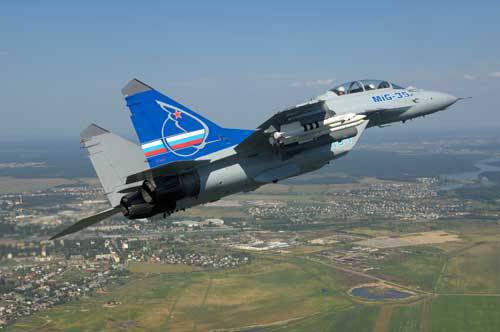
The Indian Air Force, which organized the tender for the purchase of 126 fighters, tested all the candidates and passed a multi-page report to the country's Ministry of Defense. It is not yet known when exactly the short list of finalists who will proceed to the second test stage will be announced. Most likely this will happen no sooner than a few months. Meanwhile, a tender worth about ten billion dollars began to be overgrown with rumors.
MOTHER OF ALL TRANSACTIONS
The tender for the purchase of the Indian Air Force 126 medium multifunctional combat aircraft (MMRCA) started in August 2007. Its completion was originally scheduled for 2012-2014 years, but then it was reported that the winner could be announced earlier. According to the results of the competition (because of its cost nicknamed by the Indian media as the “mother of all deals”), the winner will receive a contract worth 420 billion rupees (9,1 billion US dollars) and will have to supply 18 aircraft to India. The production of the remaining fighters is planned to be carried out under license in the territory of the customer country.
At the same time, the conditions for the purchase of aircraft can be extended - after India receives all the fighters, the Air Forces of the country will be able to place an order for an additional batch of 54-64 aircraft. The tender is held in two stages, the first of which has already ended in July 2010. First, the Air Force experienced flight characteristics and a limited set of weapons. At the end of the first stage, a short list of finalists should be determined, after which the Indian pilots will go home to the aircraft to familiarize themselves with the full range of their weapons.
The competition is attended by the French company Dassault Aviation, the European Eurofighter, the American Lockheed Martin and Boeing, as well as the Swedish Saab and the Russian RSK MiG. They presented to the competition fighters Rafale, Typhoon, F-16IN Super Viper, F / A-18 Super Hornet, JAS-39 Gripen NG and MiG-35, respectively.
PEOPLE'S MOLVA
After the test report for the first stage of the tender was sent to the Indian Ministry of Defense, reports began to appear regularly in the local press about the release of an aircraft to the final. Popular rumor attributed the victory to the Russian fighter, to one of the American aircraft, now to the European aircraft.
The last time 9 August 2010, the Indian media announced the intermediate winners of the tender fighters Rafale and Typhoon, who allegedly will soon undergo additional tests, after which the best of them will be selected. In particular, the press announced that the F / A-18 fighter dropped out of the competition because the Boeing concern refused to transfer the technology of engine production for the aircraft to the military. Despite the fact that rumors about the withdrawal of the American fighter from the tender were not confirmed, Boeing was quick to assure the Indian military that if F / A-18 won the competition, India would receive a guarantee of the modernization of the aircraft within 40 years.
Flurry
Typhoon
During the summer air show at Farnborough, Boeing unveiled its 40 summer plan to upgrade its fighter aircraft on the principle of an invisible F-15 Silent Eagle. In particular, the fighter can get a conformal fuel tanks, internal weapons bays, new airborne equipment, radio absorbing coating and some other innovations. All this, according to Boeing, the Indian military will be able to receive without any restrictions and at a reasonable price. True, the talk of technology transfer, which is so eager for the Indian military, does not seem to be coming.
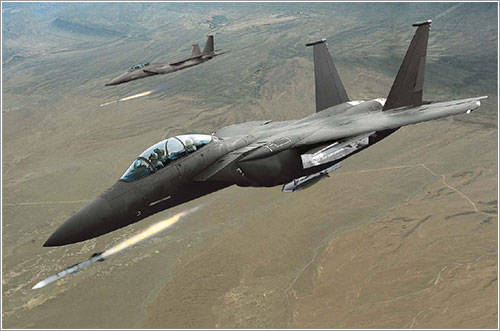
Gripen NG did not suit the Indian pilots, because it has weak characteristics of the airborne radar. In this case, the opinion of the Air Force did not affect the promise of Saab to provide India with the source code of the radar control software. The Russian MiG-35, during the tests, was able to show a powerful combat potential, but the Indians did not suit its engines.
Gripen NG
It should be noted that rumors about the MiG-35 are partly justified. The fact is that this machine in Russia is still at the development stage and its mass production is planned for 2013-2014 years. Some of the onboard systems of the aircraft have not yet passed the full range of tests. It is possible that for this reason, Indians may refuse to purchase a “raw” machine.
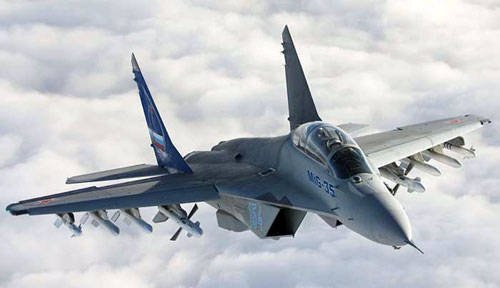
The F-16IN Indian Air Force found an airplane without a future, in fact a fully developed platform, with no prospects for development left. Lockheed Martin, in turn, was offended at such a publication in the Indian press and in the middle of August 2010 distributed a press release stating that the F-16 is actually a promising, time-tested platform with plenty of room for modernization. Like, the years of development of the aircraft and its combat use will continue to carry out systematic improvement.
F-16IN
Some Indian media reported that the decision to withdraw Rafale and Typhoon to the final is largely political, but what this component of the issue is, they did not specify. Perhaps this conclusion is based on the strengthening political and military cooperation of India, France and the UK (Eurofighter headquarters is located in the UK).
SHOULD WAIT
In order to stop the flow of messages about the exit of a fighter in the final tender, the Ministry of Defense of India 11 August 2010, denied the existence of a short list of finalists. According to the official representative of the Ministry of Defense Sitanshu Kara, the military department is currently studying a multipage report of the Air Force and has not come to any conclusion. When the finalists will be named, it is still unknown, but it is possible that the choice will be unexpected.
“We have presented a lengthy report on the results of technical tests of six types of fighter jets, but these data must be approved by the Ministry of Defense in combination with efficiency, cost and political expediency. All these factors will be taken into account when making a final decision, ”a source in the Indian Air Force announced.
In early August, 2010, the Indian military blog Livefist, conducted a survey among readers who were asked to choose a fighter for the Indian Air Force. 2282 people took part in the survey: Rafale took the first place, Typhoon took the second place, F / A-18 and Gripen NG took the third place, the MiG-35 took the fourth, and the F-16IN took the fifth. But even that is not important. Obviously, the Indian Ministry of Defense is faced with a much more difficult choice than could be expected.
The fact is that starting the tender for the supply of 126 fighters, the Indian Air Force made a list of 643 requirements: it can be said with confidence that no large state has yet made such a large volume of requests for military procurement. “We conducted tests in strict accordance with the requirements that fighters must meet,” the Air Force added, noting that not a single aircraft demonstrated full compliance with all the criteria.
RIVALS
All 643 parameters of each of the fighters can not be considered in a single article, but the main ones are worth mentioning. Let's start with the finalists of the tender, which identified the Indian media.
The French Rafale fighter was developed in the 80-ies, and began to enter service in the early 2000-x. The aircraft is available in single and double modifications (this indicator is typical for all six aircraft presented in the tender), which may be important for the Indian Air Force, who demand both versions of the aircraft. The fighter has two Snecma M88-2 engines capable of developing 50 kilo-newtons thrust, and using an afterburner 76 kilo-newtons.
Nevertheless, the Rafale does not have a cruising supersonic mode, that is, the ability to fly at supersonic speeds without the use of a boost. The aircraft's thrust-to-weight ratio is 0,8 units. Rafale can reach speeds of up to two Mach numbers (usually one Mach number is considered equal to 1100-1200 kilometers per hour, but depends on the air density) and fly at altitudes up to 16,8 thousands of meters. The combat radius of the aircraft is thousands of kilometers 1,7 - according to this indicator, Rafale significantly outperforms all its competitors in the competition. The fighter is armed with an 30-mm cannon and has 14 suspension points for rockets and bombs with a total mass up to 9,5 tons. The plane has a RBE2 radar with a passive phased antenna array.
The Eurofighter Typhoon was developed in the 90's, and it comes into service from the beginning of the 2000's. The fighter has two Eurojet J200 engines, which are capable of developing unforced traction 60 kilonewtons, and using an afterburner 90 kilonewtons. Typhoon's thrust ratio is 1,15. This aircraft has a cruising supersonic mode, capable of speeds up to two Mach numbers and fly at altitudes up to 19,8 thousands of meters. The combat radius of the European fighter is 1,2 thousands of kilometers.
The fighter is armed with an 27-mm cannon and has 13 suspension points for rockets and bombs with a total mass up to 7,5 tons. On Typhoon installed pulse-Doppler radar Euroradar Captor.
Saab Gripen NG, developed at the end of 80-s and coming into service from the beginning of 90-x, has one General Electric F414-G engine, capable of developing thrust up to 62 kilonewtons, and using afterburner - up to 98 kilonewtons. The aircraft's thrust-to-weight ratio is 1,07 units. Gripen has a cruising supersonic mode and is capable of speeds up to two Mach numbers, flying at altitudes up to 16 thousands of meters. The combat radius of the Swedish fighter is 800 kilometers.
Saab's aircraft is armed with a 27-mm cannon and has eight suspension points for rockets and bombs with a total weight of up to 8 tons. The Gripen has a modified Selex Galileo Vixen 500E radar with an active phased antenna array providing an increased target detection range.
The American F / A-18 Super Hornet was created at the end of the 90-s based on the previous version of this fighter, the Hornet, developed in the 70-s. Two General Electric F414-EPE engines were installed on this aircraft, capable of developing thrust up to 70 kilonewtons and up to 116 kilonewtons - in the afterburner mode. The fighter’s thrust-to-weight ratio is 0,98 units. Super Hornet does not have a cruising supersonic mode, but is capable of speeds up to two Mach numbers and fly at altitudes up to 16 thousands of meters. The combat radius of the aircraft is 700 kilometers.
The fighter is armed with an 20-mm cannon and has 11 suspension points for missiles and bombs with a total mass up to 8,05 tons. The F / A-18 is equipped with a Raytheon AN / APG-79 radar with an active phased array antenna.
MiG-35, the development of which began at the end of 90-ies, is equipped with two Klimov RD-33MK engines. This power plant is capable of developing 53 kilo-newton thrust without the use of afterburner or 88 kilo-newtons in the afterburner mode. The fighter’s thrust-to-weight ratio is 1,03. MiG-35 does not have a cruising supersonic mode, is capable of speeding up to 2,25 Mach number and flying at altitudes up to 17,5 thousands of meters. The combat radius of the aircraft - 960 kilometers.
The Russian fighter is armed with a 30-mm cannon and has ten suspension points for missiles and bombs with a total mass up to 6,5 tons. The aircraft has a Zhuk-AE radar fitted with an active phased antenna array.
Finally, the Lockheed Martin F-16IN, created in 70's, has been in service since the beginning of the 80's. The aircraft is equipped with one General Electric F110-132A engine, capable of developing thrust up to 85 kilonewtons, and with the use of afterburner, up to 143 kilo-newtons. The thrust of the F-16 is 1,18. The American fighter has a cruising supersonic mode and is capable of speeds of up to two Mach numbers. The maximum height of the flight of the aircraft is 18,5 thousands of meters, and the combat radius - 500 kilometers (in this indicator, it is significantly inferior to its competitors).
The F-16IN is armed with an 20-mm cannon and has 11 suspension points for rockets and bombs with a total weight of up to 7,7 tons, a Northrop Grumman AN / APG-80 radar with an active phased antenna array.
The number of additional factors that will play a decisive role in choosing the Indian Air Force for one fighter or another also included easy handling, low maintenance costs and a lifetime of various design elements, demands on the runways and fuel consumption. We should not forget about the "political factor", because of which F-16IN risks to drop out of the tender, despite its other remarkable qualities. The fact is that the US is actively supplying F-16 to neighboring Pakistan.
IN FAVOR OF RUSSIA
It is difficult to judge how the choice of a fighter is a political decision. It would be logical for India’s decision to choose the winner of the MiG-35, given that the country is actively buying Russian planes, and Soviet-Russian fighters form the basis of the Indian Air Force fleet. As part of the Indian Air Force, flights are carried out by MiG-21, MiG-27, MiG-29, and also heavy Su-30МКИ. Numerically, they are superior to the French Mirage 2000 or Sepecat Jaguar, also used by the Indian military.
Thus, according to the list of the Indian Air Force at the end of 2009, the fighter fleet of the country included 167 aircraft of French and British production and 343 aircraft manufactured in the USSR and Russia. By opting for European fighters in the tender, the Indian Air Force could try to “dilute” the share of Russian aircraft in its fleet. However, even after the planned write-off of all obsolete MiG-21 and MiG-27, the number of Russian aircraft will still be more: by 2015-2020 years, the number of Su-30МКИ Indian air forces should increase to 272 units.
At the same time, it should not be forgotten that part of the Mirage 2000 and Jaguar aircraft can be written off due to the development of their flight resource. Meanwhile, Russia and India are negotiating the joint development of a fifth generation fighter for the Indian Air Force. The contract for the project may be signed soon. Details of the document are not yet known. Earlier it was reported that the share of the Indian company Hindustan Aeronautics in a joint project with the "Dry" project will be at least 25 percent. The total cost of the program is estimated at eight to ten billion dollars.
It is assumed that Hindustan Aeronautics will develop the on-board computer of a promising fighter. In addition, India will create navigation systems for the modified PAK FA, most of the information displays in the cockpit and a system of self-defense. The remaining work will be carried out by the Russian company "Sukhoi". For India, it is planned to develop a double modification of the PAK FA. The first production aircraft will appear in the Indian Air Force in ten years.
DRY RESIDUE
In any case, it is unclear why India announced a tender for the purchase of 126 fighters. Given the small size (even with the possibility of expanding the contract), as well as the commitment of the Indian Air Force to Russian aircraft, this competition looks at least strange. However, it is possible that it may become the starting point for the formation of a new fleet, in which the shares of Russian and, for example, French planes will be equal.
When India bought the first batch of Su-30MKI, no one could assume that over the next few years the country would bring the number of orders for these machines to 272 units. In this case, the aircraft assigned almost the main role in the composition of the Indian Air Force - Su-30MKI, among other things, will be the carrier of nuclear weapons and will be used to quickly overcome enemy air defenses and deliver strikes deep in its territory. What prevents to assume that the purchase of fighters in the framework of the tender can be just as a catch for further deals, as was the case with the Russian aircraft?
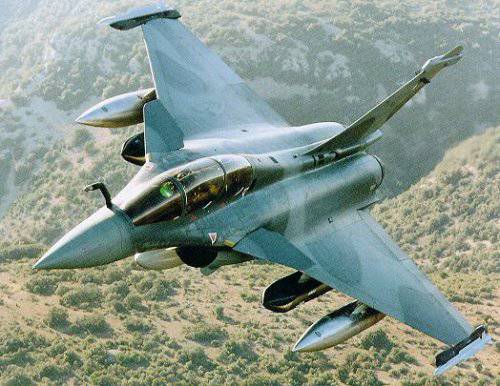
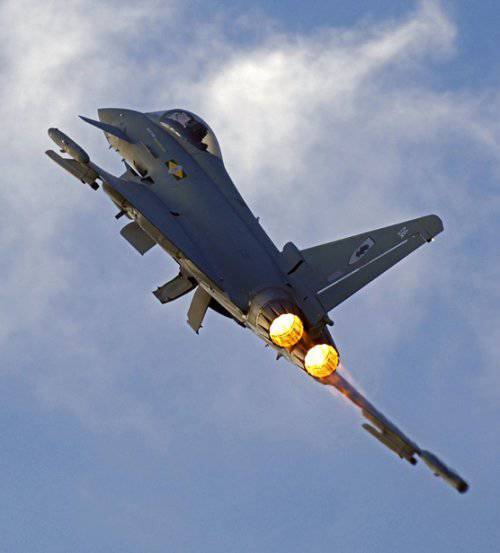
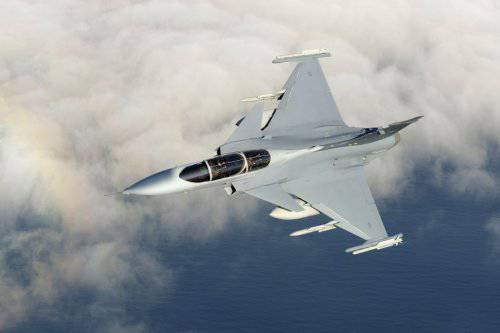
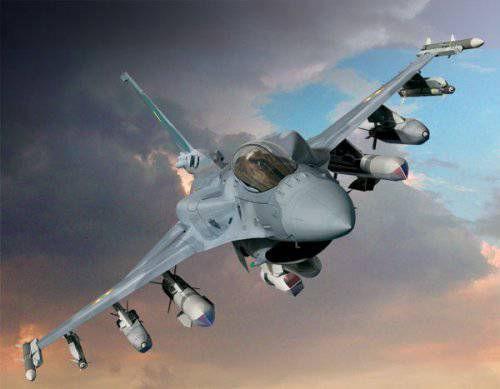
Information